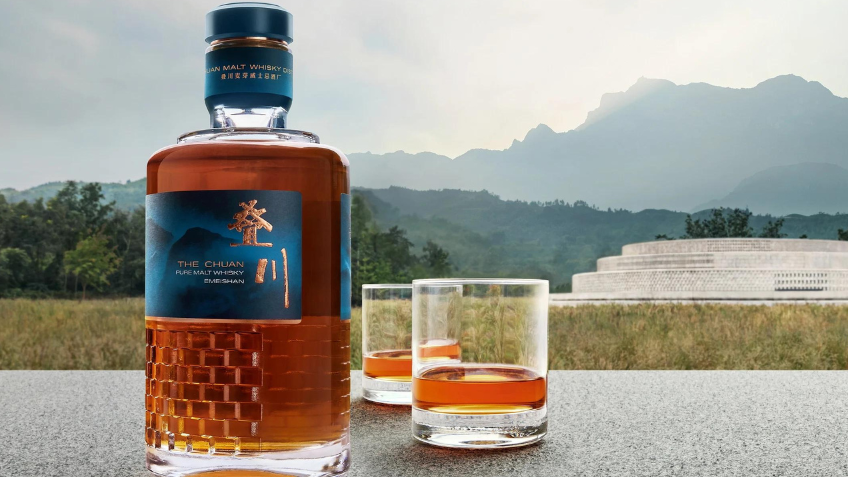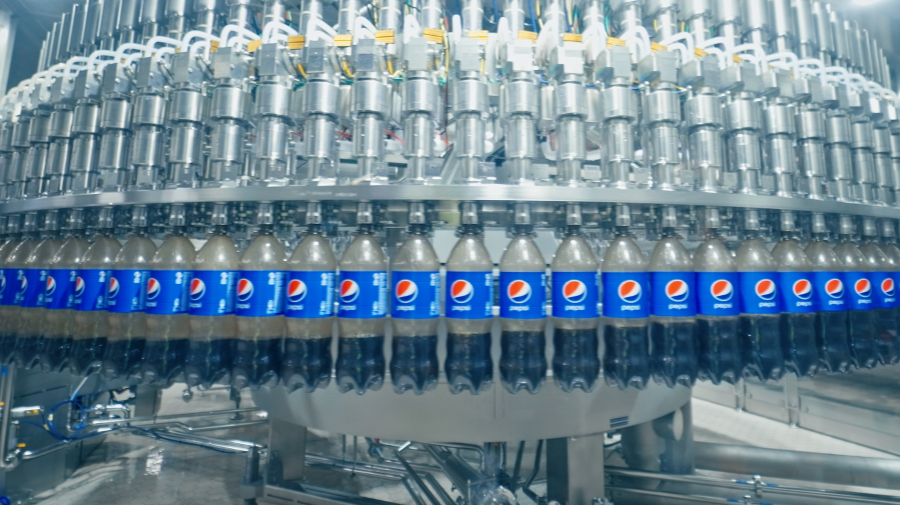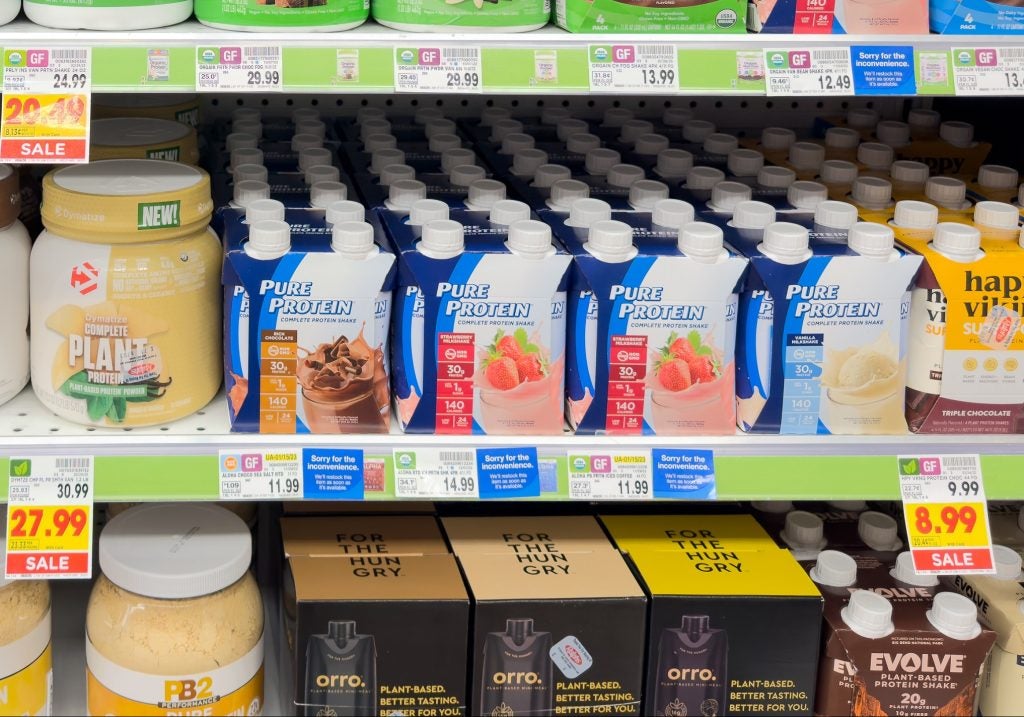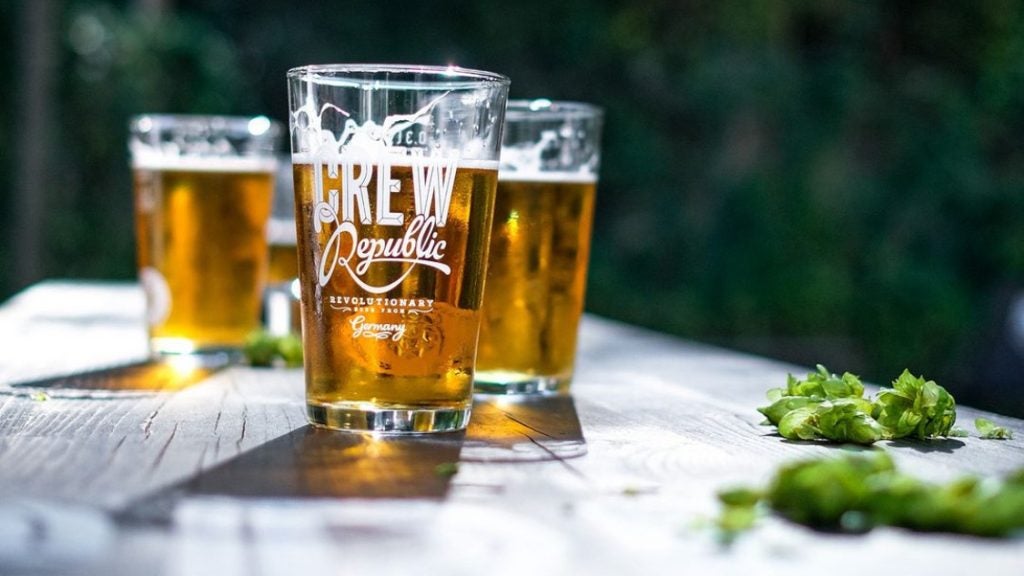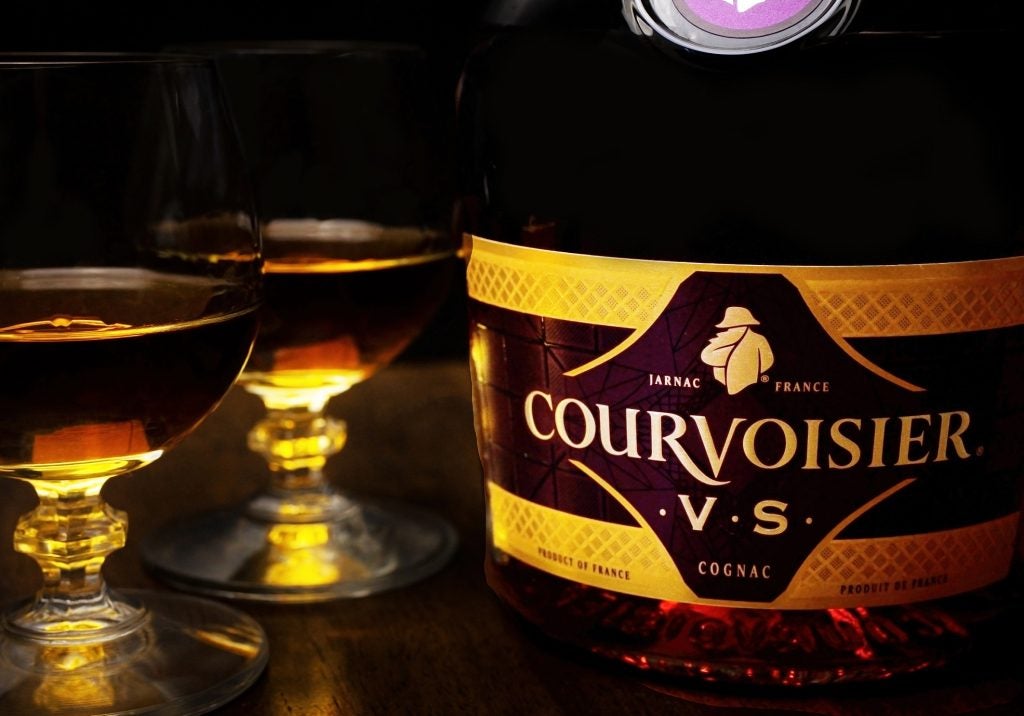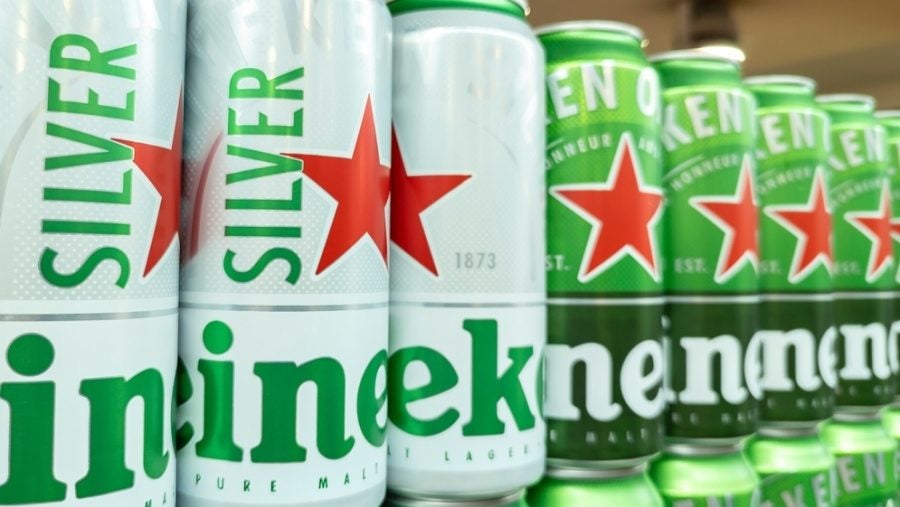Here’s a trivia question to throw into the mix if things go a bit quiet over Christmas dinner this year. When did the Beijing Olympics begin?
As an answer, ‘2008’ is correct but incomplete. The opening ceremony in the Bird’s Nest Stadium began at precisely this moment: 08:08:08, on 8 August 2008 (08/08/08).
The reason? The number eight is viewed as extraordinarily lucky in China, with large sums of money changing hands for telephone numbers featuring it heavily. When Château Lafite Rothschild released its 2008 vintage in 2010, every bottle featured the Chinese symbol for ‘8’.
So I guess the asking price for the first whisky released from Pernod Ricard’s Emeishan distillery, The Chuan Pure Malt Whisky, shouldn’t come as a surprise: 888 yuan ($124) a bottle. What a lucky coincidence!
Perhaps the most remarkable aspect of The Chuan is just how quickly a concept has become something you can buy and drink. It’s seven years since Pernod first kicked around the idea of making malt whisky in China; four since the Emeishan distillery was announced; and just over two since the first spirit flowed from its pair of stills. In whisky terms, that’s a turn of speed comparable to the 9.69 seconds it took Usain Bolt to win the 100m in Beijing in 2008.
If nothing else, it’s utterly remarkable that a project of this scale – 1bn yuan of investment over ten years – matured so quickly, especially in the context of a global pandemic. If Pernod’s Chivas Brothers whisky arm can get the Gartbreck distillery up and running on Islay that swiftly, they must know some pretty impressive builders.
Chivas is now run by chairman and CEO Jean-Etienne Gourgues, the man who was MD at Pernod Ricard China when Emeishan was announced in September 2019. When I spoke to Gourgues back then, what impressed me most was the level of detail attached to the project – amazingly, that’s not always the case with an investment of this scale – and the determination to make Emeishan as Chinese as possible.
Sure, the stills were made by Forsyths in Scotland but there was a clear effort to make this something that local consumers could buy into – rather than Pernod simply parachuting its whisky expertise, and personnel, into Sichuan Province.
So we have a Chinese master distiller, part-use of Chinese barley – even finishing in Chinese oak, which I’m guessing was one of the more complicated parts of the process. Back in 2019, Gourgues told me that he’d measure success by the level of pride that Chinese consumers showed in the finished whisky.
But let’s get back to just how quickly this has happened. Emeishan started distilling in August 2021 and the local rules say whisky has to be matured for at least two years before release. The Chuan’s first single malt is notionally NAS (no age statement) but I think we all know how old it is.
Does that matter, given that there was talk a few years back of Pernod lobbying for the minimum age to be elevated to three years, in line with Scotch? Not necessarily. In the end, the quality and the flavour will decide (and it’s worth adding that local conditions combine high humidity with hot summer temperatures, encouraging swifter maturation and a lowering of abv; we’re not in Speyside anymore, Toto…).
Pernod faces near-term economic volatility in China
Or rather, the market will decide. But the market…
So much has changed since that conversation back in September 2019 and I’m not just talking about Covid-19, although the lingering impact of the pandemic has affected China’s beverage alcohol market more than many countries, especially in the on-trade.
There’s also the lack of tourism – not so much into Emeishan, which is a real hotspot thanks to its sacred Buddhist mountain, temples and monasteries – but out from China into the world and Scotland especially. Back in 2019, record numbers of Chinese tourists visited Scotland’s whisky distilleries; not many have been back since.
Market conditions in China are also rather different, with economic growth forecasts downgraded this year, not least because the country’s real estate sector – responsible for an estimated 30% of GDP – is struggling at the moment.
Whether any of that matters in the longer term is open to question; you don’t measure the success of a whisky distillery by the year, or even by the decade. Port Ellen (owned by Pernod’s rival Diageo but the analogy fits), was discarded 40 years ago because it was surplus to requirements and didn’t fit the market at the time; today it’s one of the most lauded whiskies on the planet and is set for a full-scale revival next year.
In the longer term, The Chuan’s success will be graded by its commercial performance but also by rather less tangible aspects. Will it help to create an internationally credible category of Chinese whisky, alongside the 20-plus other distillery projects underway in the country (including Diageo’s Eryuan)?
Will it help to promote whisky more generally among the population in China, with positive knock-on effects for the likes of Chivas Regal, The Glenlivet, Jameson and those beyond the ownership of Pernod?
It will take years – decades, possibly – to answer that question. I look forward – or rather my son does – to the release of the first 50-year-old whisky from The Chuan in 2071. I’m sure it’ll cost a pretty penny… perhaps as much as 888,888 yuan?


